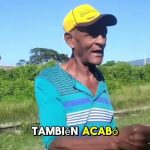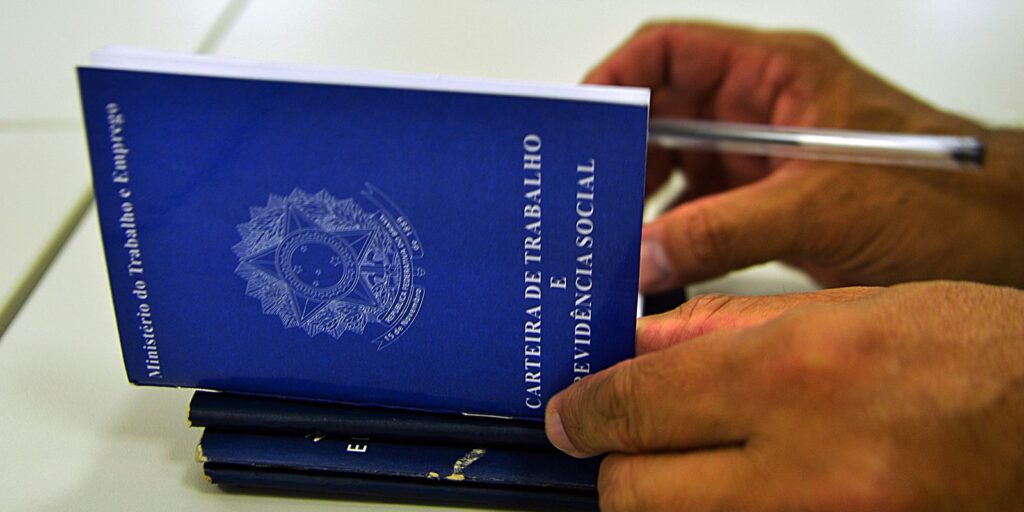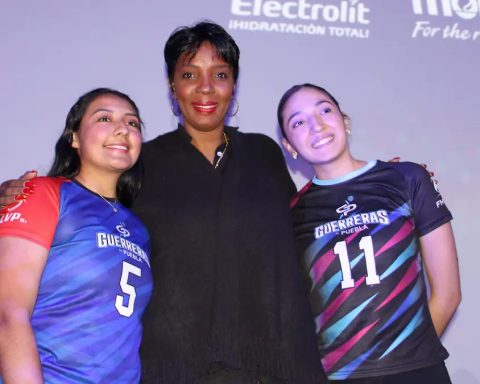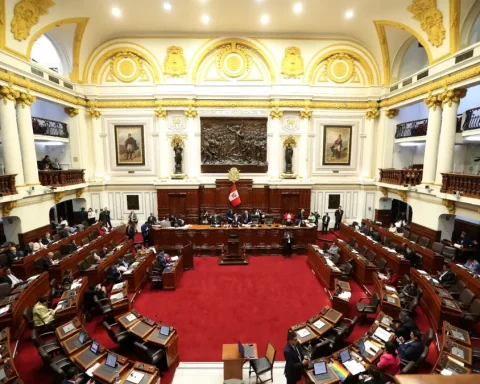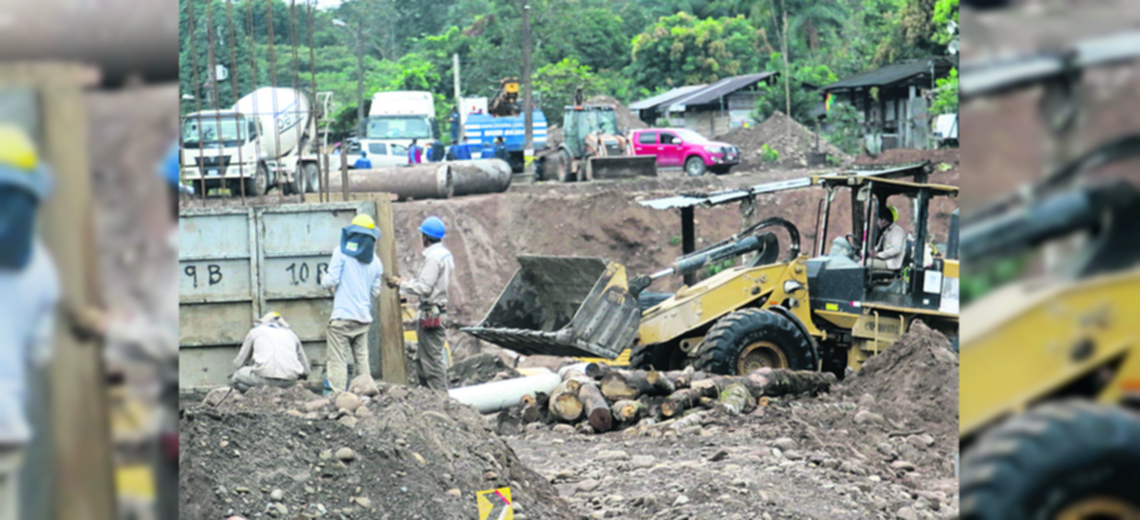
April 17, 2023, 7:27 AM
April 17, 2023, 7:27 AM
In the San Miguelito community, to the south of the Isiboro Sécure Nations Park (Tipnis) Indigenous Territory, they force themselves to prevent the cocales from entering their area: the plantations are in front of the town, just five kilometers away. Coca exceeded the red line of the natural reserve and the so-called Polygon 7 -to the south of the reserve- became coca-grower unions with the presence of indigenous people. This rejection of the cocales also caused that community, and others, to be neglected by the municipality of Villa Tunari, which is in the Cochabamba tropics.
Eleuterio Semo is a leader of the San Miguelito community, which is south of Tipnis. The indigenous authority expressed to this medium its concern about the growth of coca crops in the south of Tipnis. Semo explained that the plantations are already in the communities of Puerto Sucre, Puerto Liberación, Ismael Montes and Puerto Zudáñez. The leader explained that this rejection of the coca plantations took its toll on them: they are not cared for by the central government or by the municipality of Villa Tunari.
“In Polygon 7 there are indigenous communities and they are mixed with settlers. Coca crops have been recognized in that part and here in our communities coca is not allowed. Because they did not accept the coca plantations, they cut everything off, the municipality of Villa Tunari cut everything off. Coca is here in front, they are already in unions, they are five kilometers from our community (San Miguelito),” Semo said.
The indigenous authority explained that the school does not have permanent operation and that there is no health care. He even said that basic services are a dream for the San Miguelito community, but that it will be very difficult to fulfill them because they do not accept the coca plantations.
The situation in Tipnis does not have rigorous control against coca plantations. In southern areas of the protected area, the cultivation of the leaf is prohibited; however, that is not fulfilled. Coca spread to indigenous communities, such as the Yuracarés in the Conisur, where Polígono 7 is located. One such case is Puerto Zudáñez, where the plantations are about to reach communities such as San Miguelito, Santa Teresa, Buen Pastor, Mercedes Lojota, Santísima Trinidad and May 3.
Between 3,500 and 4,000 indigenous people from the Mojeño, Yuracaré and Chimanes peoples live in Tipnis, who are the protectors of this habitat. Gonzalo Colque, from Fundación Tierra, highlighted the differences that exist between the TCO Tipnis and the coca-growing zone inside the park: the main one is the economic power of the crops in the coca-growing strip, which is between 7,000 and 8,000 hectares, which contrasts with indigenous communities. Therefore, the political factor represented by the Southern Indigenous Council (Conisur) intervenes in the south of Tipnis, he explained.
In Polígono 7, the cultivation of coca leaves is allowed up to one cato (1,600 square meters) per producer. They are based on the same rules as Chapare. And on indigenous land, beyond the colonized area of Tipnis, coca production is not allowed.








